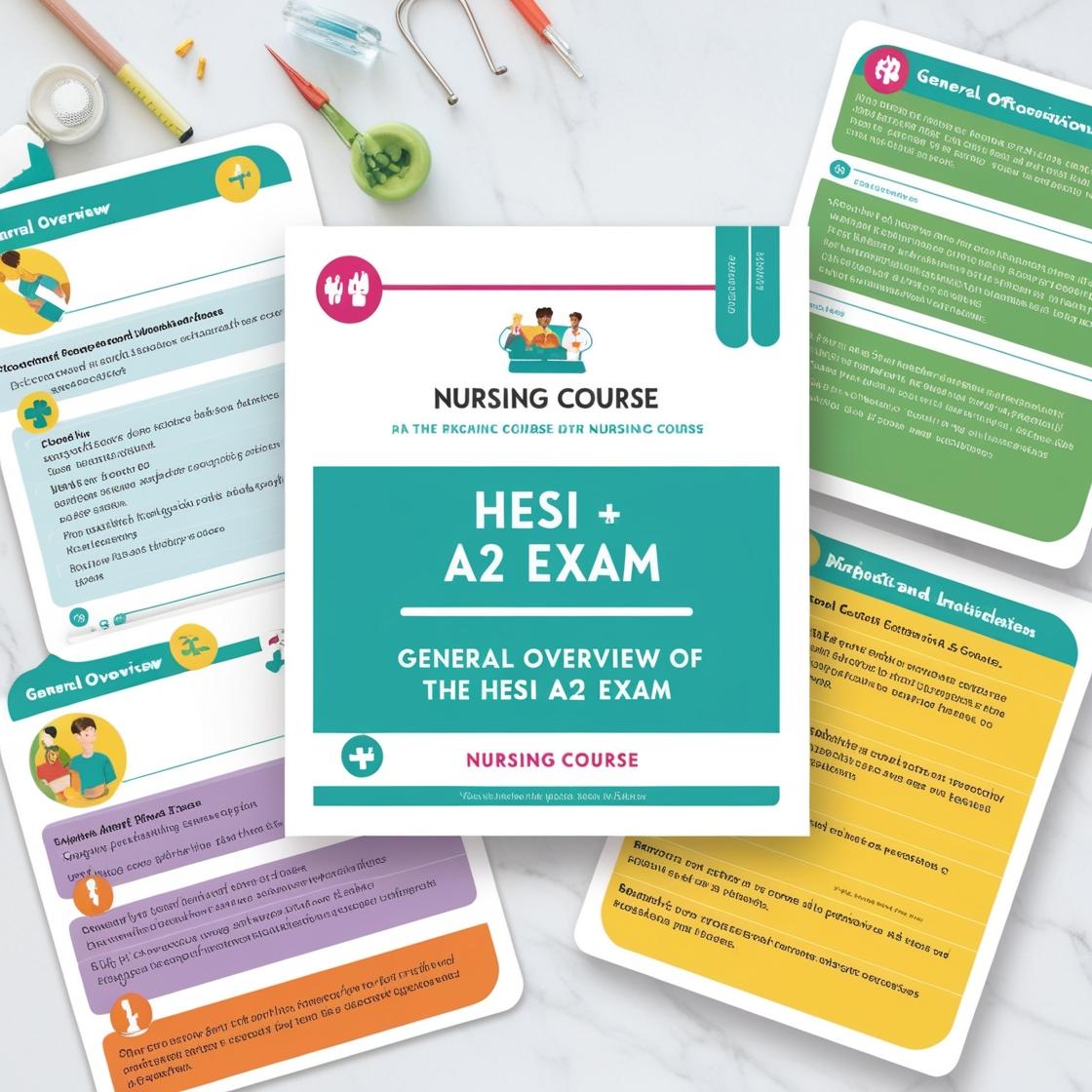HESI A2
Anatomy and Physiology Hesi A2 Practice Test
1. What role does the liver play in metabolism?
- A. To produce bile
- B. To detoxify harmful substances
- C. To store glucose
- D. To produce insulin
Correct answer: B
Rationale: The correct answer is B: 'To detoxify harmful substances.' The liver is primarily responsible for detoxifying harmful substances present in the blood as part of its role in metabolism. While the liver does produce bile to aid in digestion and stores glucose for energy regulation, its main function in metabolism is detoxification. The liver does not produce insulin; insulin is produced by the pancreas to regulate blood sugar levels.
2. Which of the following endocrine system glands releases the thyrotrophic-releasing hormone, growth hormone-releasing hormone, and gonadotropin-releasing hormones?
- A. Thymus
- B. Pituitary gland
- C. Pineal gland
- D. Hypothalamus
Correct answer: D
Rationale: The correct answer is D, the Hypothalamus. The hypothalamus is responsible for releasing various essential hormones, including thyrotrophic-releasing hormone, growth hormone-releasing hormone, and gonadotropin-releasing hormones. These hormones play crucial roles in regulating the functions of other endocrine glands by stimulating or inhibiting their hormone production. The Thymus (choice A) is primarily involved in the immune system, the Pituitary gland (choice B) secretes various hormones but not the ones specified in the question, and the Pineal gland (choice C) mainly produces melatonin, which regulates sleep-wake cycles, and is not related to the hormones mentioned in the question.
3. When an individual is under stress, hormones are released. Which of the following is not one of the locations in which hormones are released when under stress?
- A. Posterior pituitary
- B. Hypothalamus
- C. Adrenal cortex
- D. Parathyroid
Correct answer: D
Rationale: During stress, hormones are released from the adrenal cortex, posterior pituitary, and hypothalamus to help the body respond. The parathyroid gland, however, is not typically involved in the stress response by releasing hormones. The posterior pituitary releases hormones like oxytocin and vasopressin, the hypothalamus secretes corticotropin-releasing hormone (CRH) and vasopressin, while the adrenal cortex releases cortisol and aldosterone in response to stress. Therefore, the correct answer is 'Parathyroid.'
4. Which of the following is an organ of the respiratory system?
- A. Pancreas
- B. Brain
- C. Urethra
- D. Larynx
Correct answer: D
Rationale: The larynx is a vital organ of the respiratory system, responsible for producing sound and connecting the pharynx to the trachea. It plays a crucial role in breathing, swallowing, and vocalization. The brain, pancreas, and urethra are not part of the respiratory system; the brain is part of the nervous system, the pancreas is part of the digestive system, and the urethra is part of the urinary system. Therefore, the correct answer is the larynx.
5. Which structure in the kidney filters blood to form urine?
- A. Nephron
- B. Glomerulus
- C. Bowman's capsule
- D. Loop of Henle
Correct answer: B
Rationale: The glomerulus is a key structure in the kidney responsible for filtering blood. It consists of a network of capillaries that filter waste products and excess substances from the blood, allowing the formation of urine. While the nephron, Bowman's capsule, and Loop of Henle are also essential components of the kidney's filtration system, the glomerulus is specifically involved in the initial blood filtration process. The nephron is the functional unit of the kidney, Bowman's capsule surrounds the glomerulus and collects the filtrate, and the Loop of Henle is responsible for reabsorption and concentration of urine, not the initial blood filtration.
Similar Questions

Access More Features
HESI A2 Basic
$99/ 30 days
- 3,000 Questions with answers
- 30 days access @ $99
HESI A2 Premium
$149.99/ 90 days
- Actual HESI A 2 Questions
- 3,000 questions with answers
- 90 days access @ $149.99
